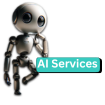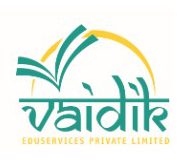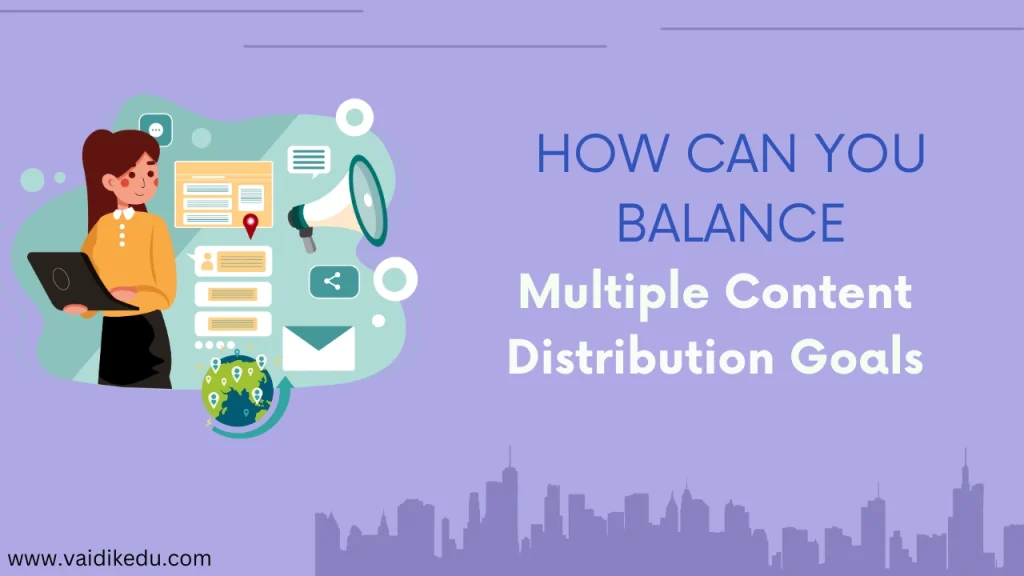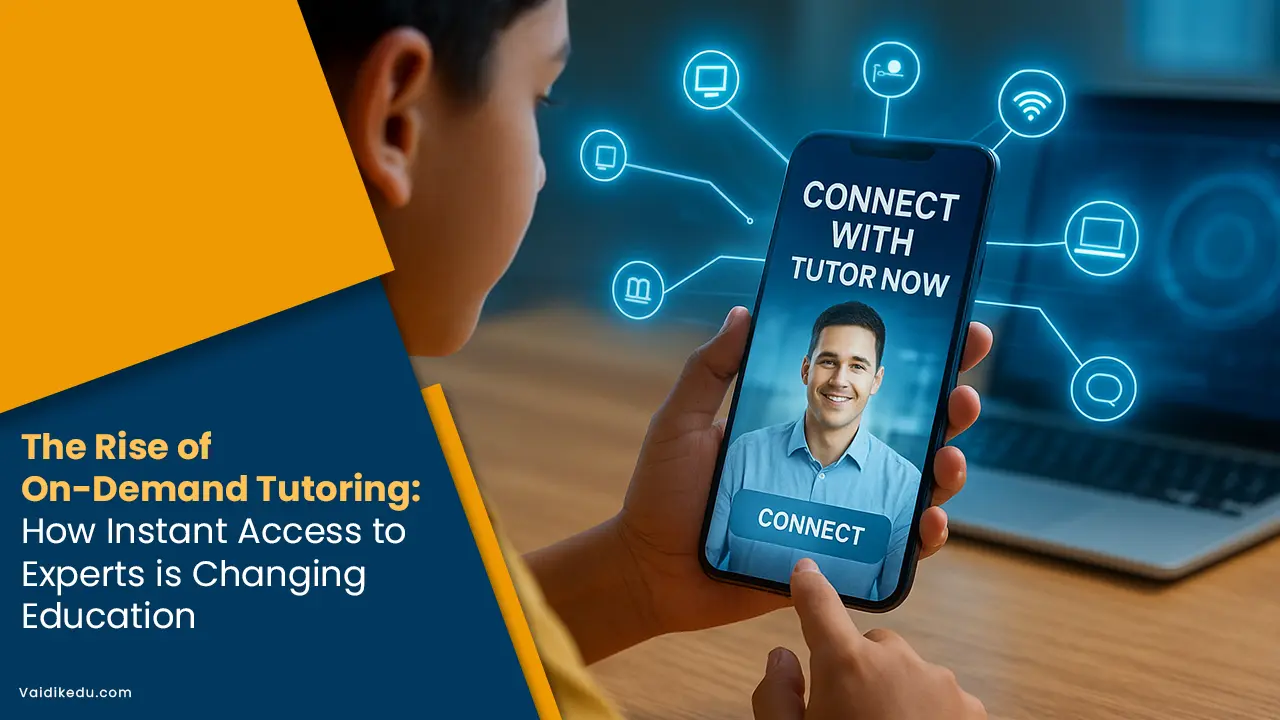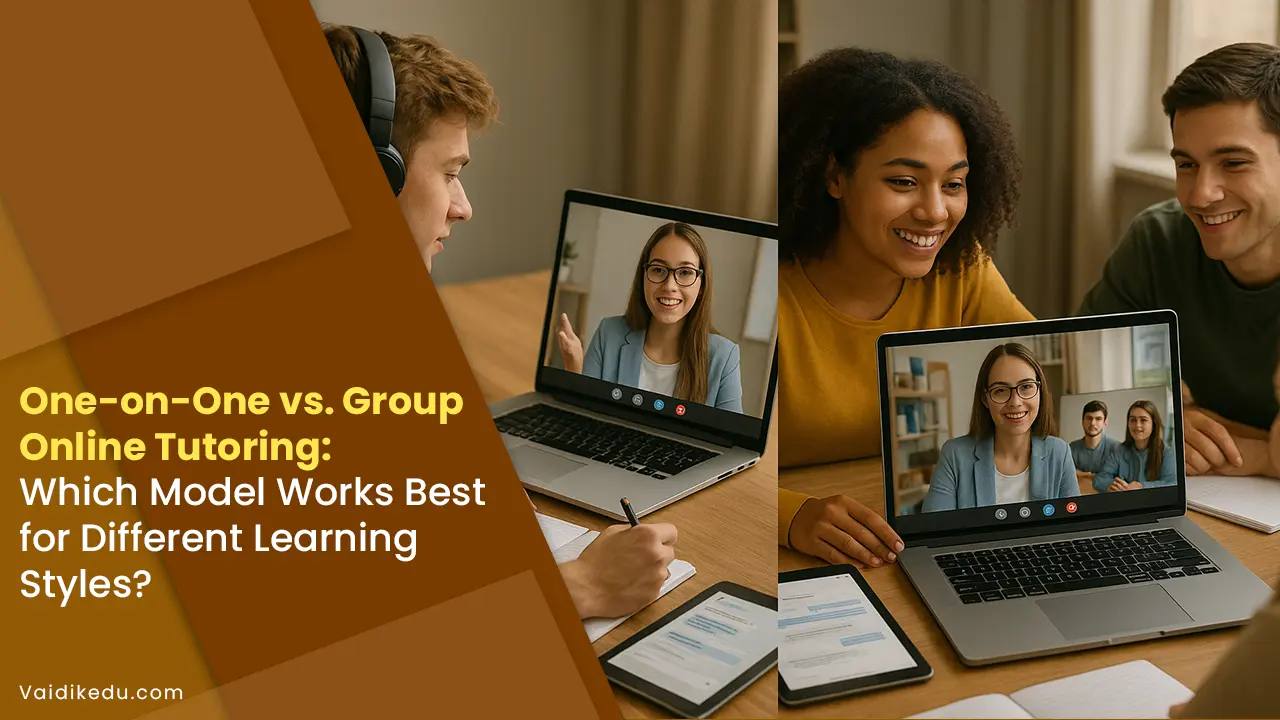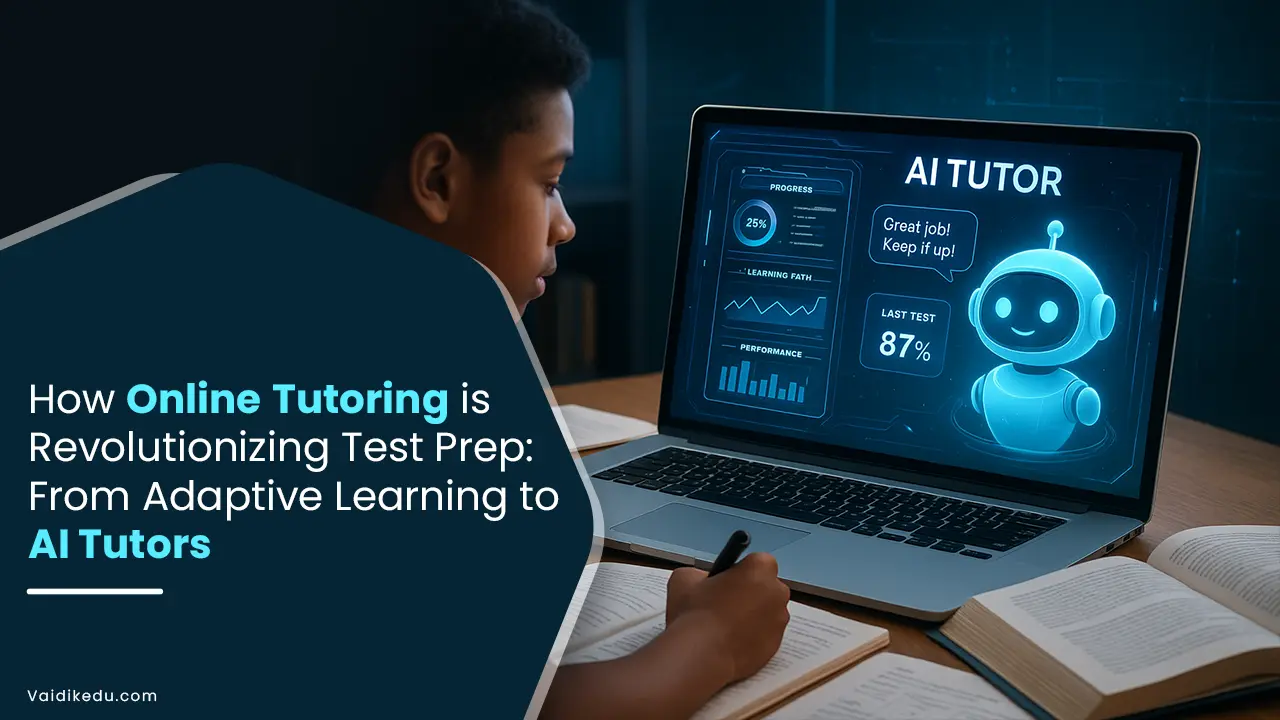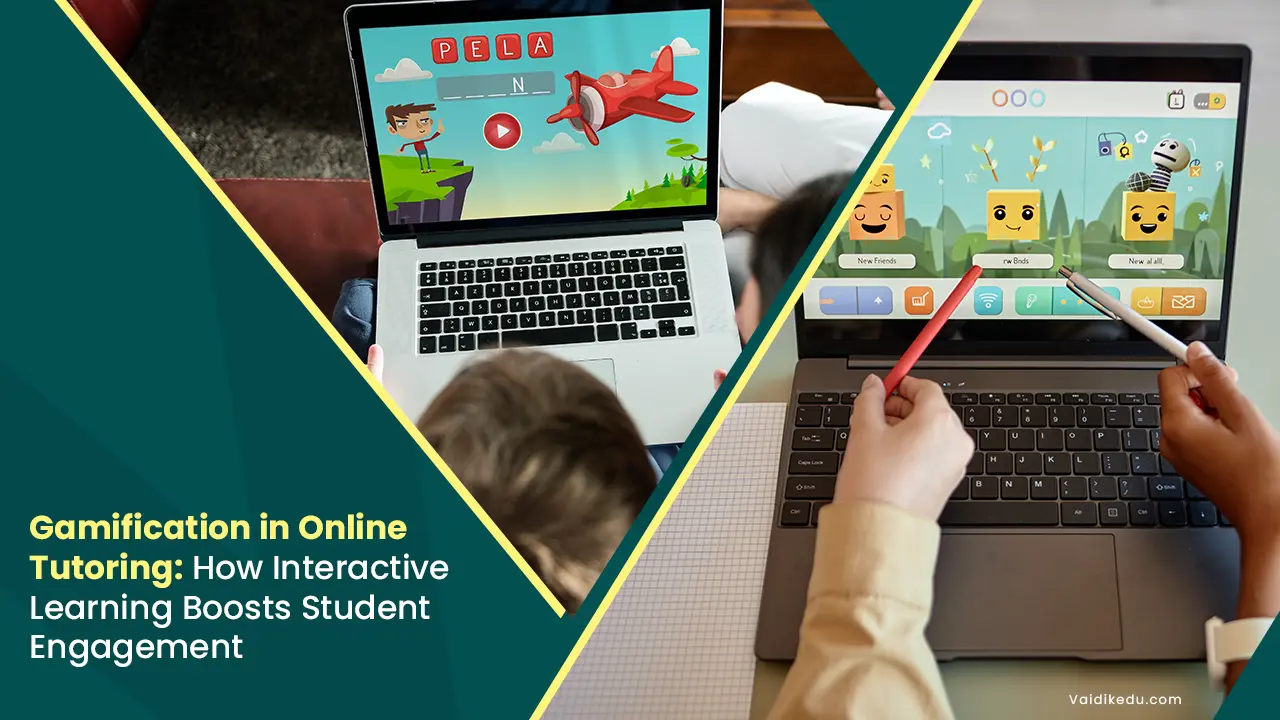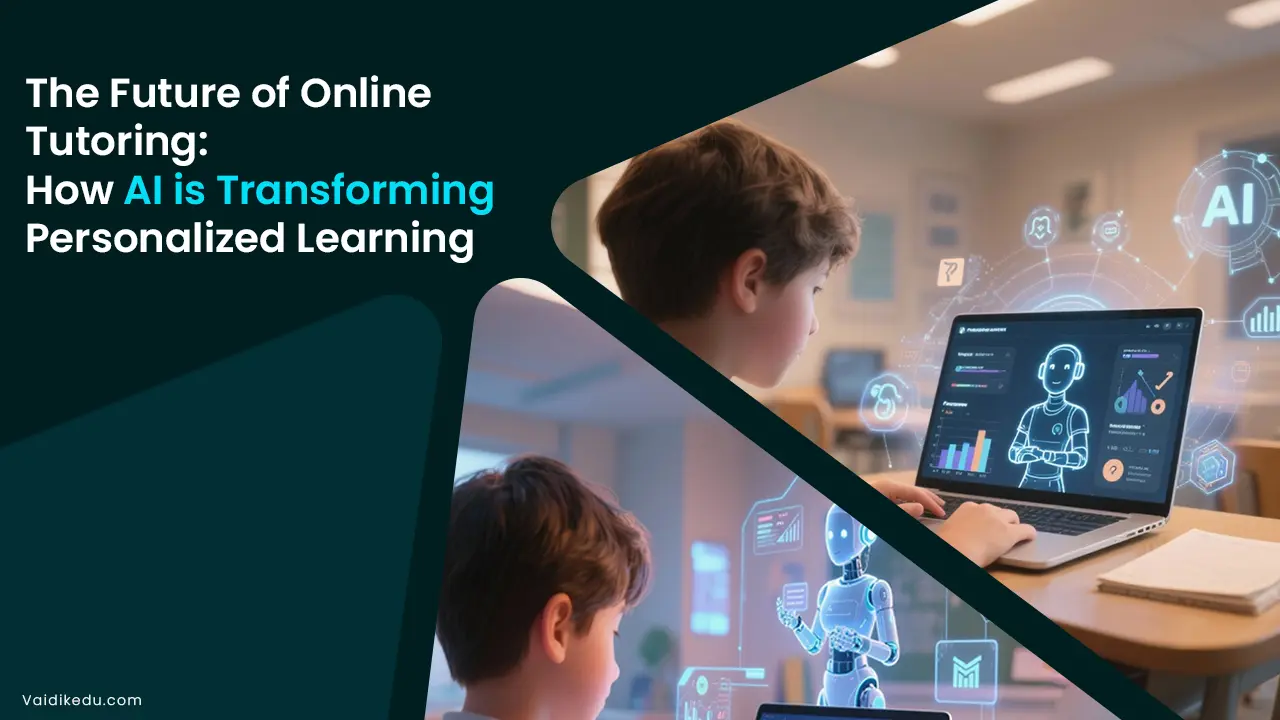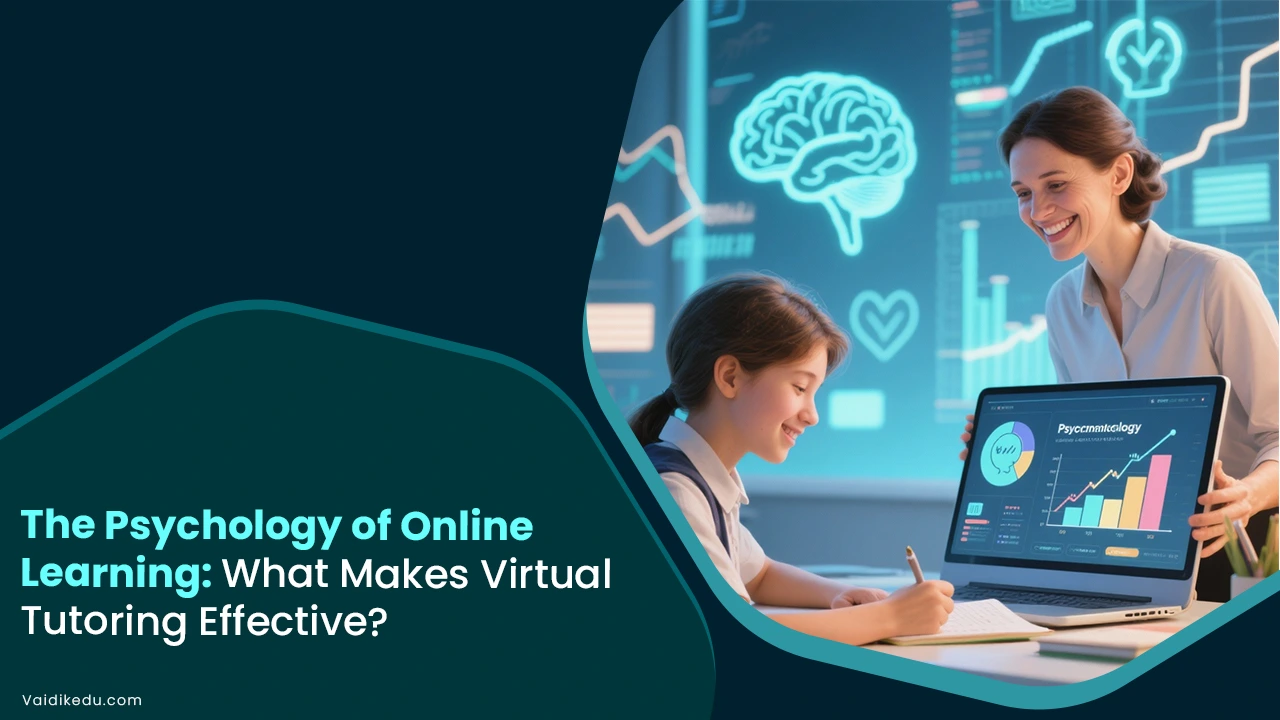Consider yourself a teacher in a class full of students. Each one will have different learning styles and paces. To have a successful learning experience, you tailor your lessons, select appropriate methods and constantly monitor the progress of each. Now, just think of this in the e-learning world. The “classroom” will be filled with thousands of online learners.
For the majority of content creators and educators in e-learning, a major challenge is balancing multiple goals in content distribution.
The Content Marketing Institute says that 72% of marketers agree.
A balanced mix of learner needs, diverse platforms, and a constantly changing technological landscape are required.
How do you keep all of the elements in sync and ensure your content hits all of the right notes? In this blog post, we will look at how to balance this.
Knowing Content Distribution
Content distribution is the process of delivering your message.
- To the right people
- At the right time
- Through the right channels.
It means getting your content to the right audience with the right channels. It can be social media, email newsletters, or various e-learning platforms. It is about getting the right eyes and ears for your course, video, podcasts, and interactive modules at the right time.
In e-learning, how content is shared can determine whether a course will be a success or just get lost among all the other online courses.
How Can You Balance Multiple Content Distribution Goals?
- Fix Your Goal:
Before you start distributing any content, you need to understand your goals. Ask yourself, What are you trying to accomplish?
- Increasing brand awareness? Bringing attention to the platform.
- Engaging current learners? Ensuring your program learners remain motivated and engaged with their learning.
- Driving enrollment? Convincing potential learners to enroll in your courses.
- Establishing authority? Ensuring that the world recognizes you as an authority in the field.
Identifying and prioritizing the goals will help you know how to construct your content distribution plan.
For example, if your focus is enrollment, your content should detail why the course is beneficial, offering testimonials or sharing success stories.
- Select the Right Channel
Different content objectives mostly need different distribution channels. Knowing where your target audience spends their time is critical for strategically sharing content.
Here are a few options:
- Learning Management Systems (LMS): Perfect for structured courses with features to track learner progress
- Massive Open Online Course (MOOC) Platforms: Best for the widest reach with self-directed long courses.
- Social media platforms: best for illustrating and promoting content and communicating with audiences.
- Video Sharing Sites (YouTube): Best for visual tutorials and an introduction to short courses.
- Podcast Directories: Best for delivering audio content and podcasting education series in the background, driving engagement, consumption, and loyalty.
- Your Website or Blog: Best for in-depth educational content and for helping to build your authority as a brand in your area.
Each channel is appropriate for a specific purpose and audience. An LMS may be suitable for structured courses, whereas social media may be ideal for bite-sized learning content.
- Measure the Progress
Building and improving your content needs assessing its performance as well. After publishing, track how well it’s performing regarding your set goals. Tools like this are useful:
- Analytics Tools: Track metrics such as engagements and conversions using tools like Google Analytics.
- Regular Reviews: Regular review of the metrics to change strategic directions for poor-performing content.
- Feedback: Ask for audience input because it is feedback beyond the numbers.
Keep a tab on these regularly to understand what’s working and what needs adjustment.
- Repurpose Your Content
Work smarter, not harder. One of the most effective methods for balancing multiple content distribution priorities is to repurpose content.
Repurposing content allows you to produce a consistent presence across channels without having to create new material from scratch.
- Turn a webinar into a blog: summarise all of the key points of a webinar into a full news blog.
- Create small social media posts: select important quotes or highlights from a blog, post them on social media, and link back to the blog.
- Testimonials: use in emails, on websites or even on any social media platform.
You conserve time, resources, and energy while still engaging different audiences in ways that meet your content distribution priorities by repurposing.
Why is Balancing Important for Multiple Content Distribution?
Balancing multiple content distribution goals is needed for the success of e-learning businesses in the long term.
In the world of e-learning, people’s attention spans are fleeting, and infinite options are only a click away. A balanced approach means:
- Increased Reach: By diversifying your community outreach, you can meet students where they are and broaden your potential audience.
- Engagement opportunities: Each learner prefers a different format. When you balance your format offerings, you serve a variety of different learners and learning styles.
- Sustainable Growth: Balancing revenue goals with accessibility allows you to continue creating and generating engaging content while also growing your e-learning business.
- Brand Consistency: A balanced approach allows for a more consistent brand identity across platforms that results in trustworthy relationships with learners.
- Adaptability: The e-learning landscape is changing constantly and developing a balance makes you less vulnerable to a change in platform or learning behaviour.
Conclusion
Managing different content distribution goals within the e-learning landscape is both an art and a science.
You can create a strong and cohesive content distribution plan by defining clear goals, selecting effective distribution channels, tailoring content to audiences, and regularly assessing your success.
The concept is simple: Audiences first know the people you are targeting and continually translate this understanding and effectiveness into your strategies while aligning with your content goals.
Remember to be flexible, creative, and open to discussion when implementing and adjusting content distribution strategies. Ask for feedback and adjust your strategies based on input from different stakeholder groups as you develop them.
A well-rounded, relevant content distribution strategy is crucial for effective e-learning.
FAQs
1. Is content distribution just posting things online?
No. Posting anything, anywhere online, is not content distribution. Remember what the key is? It is to get your content to the right people at the right time and through the right channels. This ensures your content reach is high.
2. What platform is best for posting content to increase engagement?
There is no right answer to this. The right platform choice depends on your target audience and content type. Identify which platform your audience uses more. It can be social media, YouTube, LMS, etc.
3. Can we share the same content across all platforms?
You can share. But ideally, it’s more effective if you just change your content and customize it according to the platform of choice. For example, you can shorten your blog into a small short post form or a podcast into a short video.
4. What is the best strategy for increasing my content’s reach?
The best strategy will include studying your audience, multiple distribution channel usage, content repurposing, and checking your performance and insights regularly. Regularly keeping track of these key points will help you achieve high reach.

